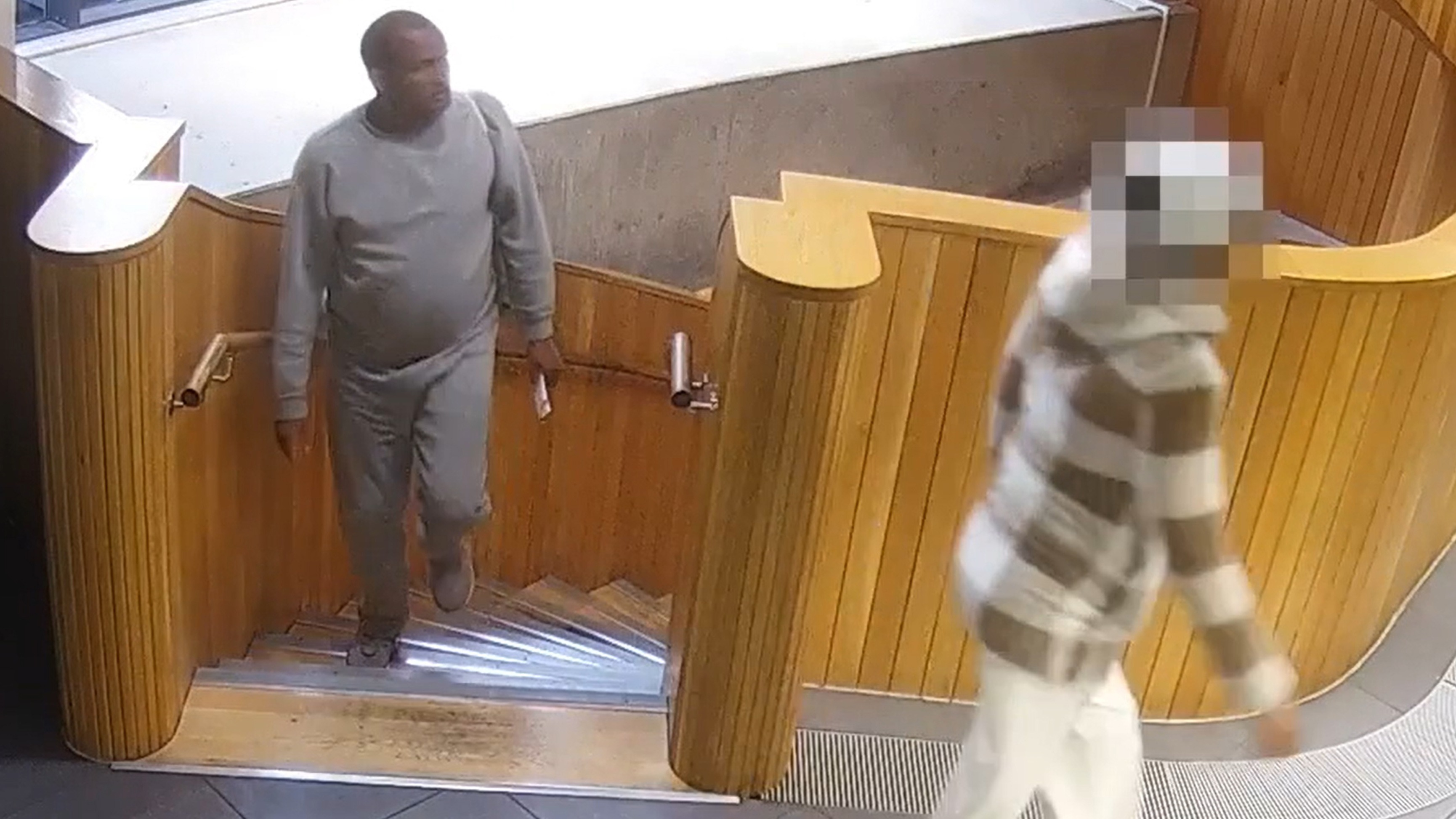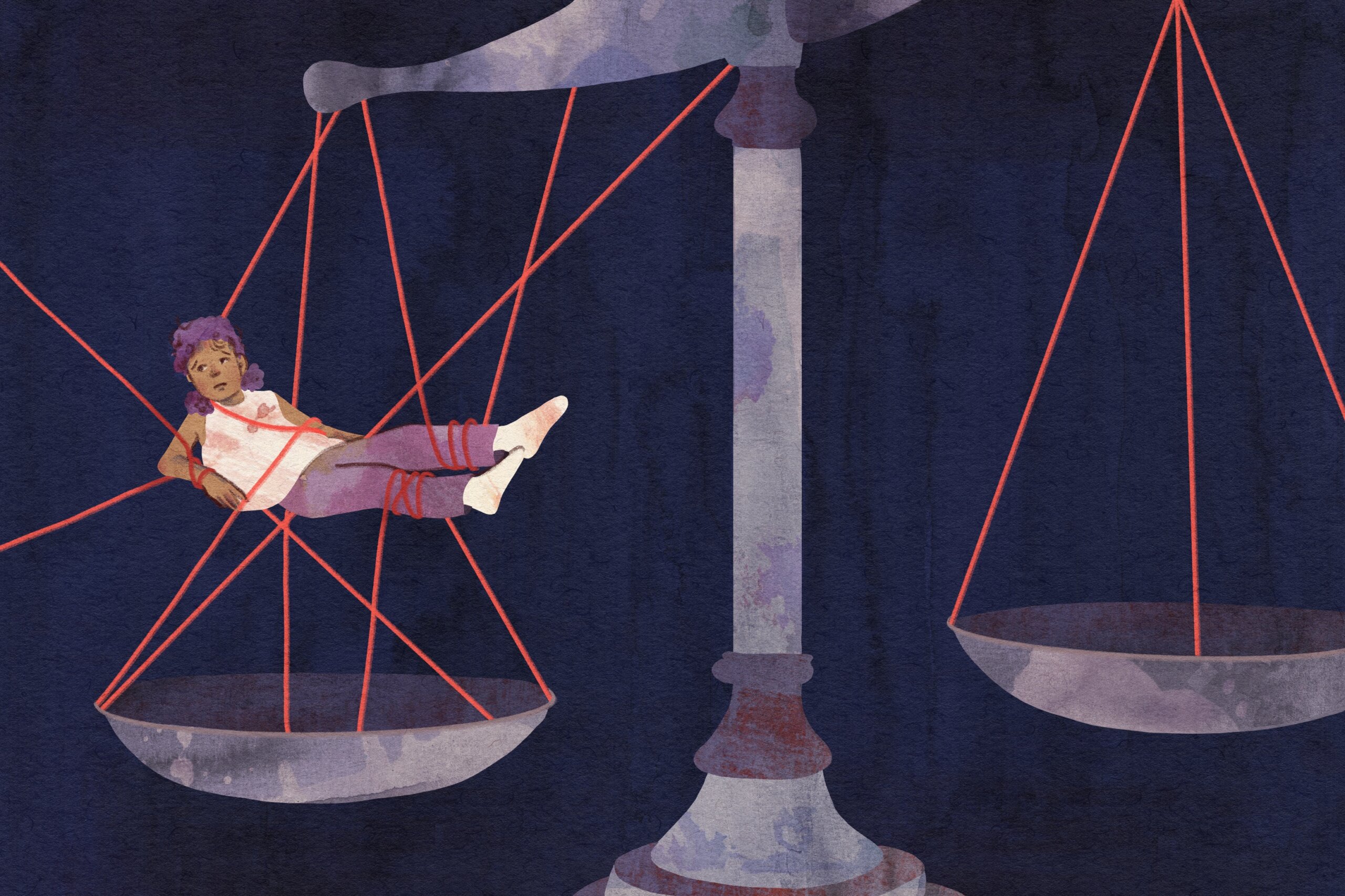Copyright abc

An Adelaide man with a rare asbestos-related cancer has been awarded more than $2.26 million in damages for exposure to asbestos while working as an electrician on the old Royal Adelaide Hospital (RAH) and elsewhere. The significant amount is similar to a payout granted to DIY handyman Mathew Werfel, who was granted $2.23 million in 2019 from Amaca Pty Ltd (formerly known as James Hardie and Coy). Last week, a ruling handed down by South Australia's Employment Tribunal found the electrician was exposed to asbestos dust and fibres while working at the old RAH for about six months in 1991. It noted he was also exposed to asbestos-containing products while working on his homes and as an electrician employed by other companies, as well as for his own business. The man was last year diagnosed with malignant peritoneal mesothelioma, a cancer which affects the lining of the abdomen. He sought damages for negligence from the State of South Australia for the asbestos exposure at the hospital and from Amaca for exposure to asbestos-containing products they manufactured, such as cement sheeting. The ruling noted the man was employed to work on the hospital through a now-defunct contracting agency to upgrade electrical equipment and wiring. The 61-year-old told the tribunal his work involved pulling cables and, in the process, "disturbed" clumps of dust in areas where spray-on asbestos insulation had been used. The ruling, handed down by tribunal deputy president Judge Mark Calligeros, noted the man reported working in confined spaces and described the area as "very dusty and dirty". "He stated that the RAH was dustier, dirtier and a worse place to work in than any other place where he has worked," Judge Calligeros said in the ruling. The man told the tribunal his knowledge of asbestos at the time, when he was aged in his mid-20s, came from co-workers, and he said he was never given safety equipment or training on how to work safely with asbestos. "He was not told and did not know that there was no safe level of exposure to asbestos, nor that taking the dust home on his clothes could expose his wife and children to illness or death," Judge Calligeros said. The ruling also noted the man "regularly inhaled the dust" while working and "a residue was left in his hair and on his face and clothes". The man told the tribunal he had planned to continue his own business for another 15 years, but "that all changed" after he was diagnosed with cancer and required surgery on his abdomen. The tribunal was told his cancer "was not progressing at present", but he was unable to work long hours and felt "thin and weak". "He feels he has been robbed of the best years of his life, including a happy retirement," Judge Calligeros said. The judge accepted expert evidence that "a death caused by peritoneal mesothelioma takes longer, and is even more painful and unpleasant, than a death caused by pleural mesothelioma". According to the ruling, some of the witnesses who also worked at the old RAH at the time told the tribunal protective equipment was not required and that no formal warnings about the dangers of asbestos were relayed to workers. The state challenged the man's evidence, reliability and credibility, but Judge Calligeros instead found there was "a significant lacuna or void with asbestos safety and training at the RAH in 1991" and that "no training was given to external contractors". "[The electrician] was a young man when he commenced working at the RAH," Judge Calligeros said. He noted that while a program to remove asbestos at the hospital began in 1986, it had not been completed by 1991 and asbestos remained present when an audit report was conducted in 2007. 'Morally culpable' According to the ruling, the state denied liability, while Amaca admitted the man was exposed to asbestos in its products but said the "potency of asbestos he was exposed to at the RAH was far greater than that of the James Hardie asbestos products he dealt with". The court found there was "no way to determine which asbestos fibre or fibres initiated [the man's] illness", but noted crocidolite was used at the RAH and was "far more toxic" than the asbestos he was exposed to in his other roles. Judge Calligeros found both the state and Amaca knew asbestos exposure was dangerous before 1991, making each of them "morally culpable". He also found that Bradford Insulation (BI), the company which manufactured and sprayed the crocidolite asbestos on structural beams at the RAH to fireproof them from about the 1950s to 1970s, was also aware by 1960 that its products would deteriorate over time. "Prior to [the man] commencing work at the RAH in 1991, both the state and BI knew that asbestos, and in particular crocidolite, was toxic and that relatively minor exposures to it could result in death," he said. "BI failed to provide any warning about the danger that sprayed asbestos posed to the RAH or the state." He found BI's conduct was culpable "because it failed to issue any warning about the danger of the crocidolite it sprayed at the RAH". Judge Calligeros also noted the state knew the sprayed asbestos was toxic "long before" the man began working at the site, with removal of the product beginning years earlier. "Measures were put in place to protect employees and internal contractors, but the health and safety of external contractors like [the man] was neglected over a long period," he said. Penalties imposed Judge Calligeros assessed damages at $2,261,927.75. He found the state liable to pay 80 per cent of damages, while Amaca was responsible for 20 per cent. On top of those damages, the state was ordered to pay $40,000 in exemplary damages and Amaca was ordered to pay an additional $50,000 in exemplary damages. He said the state was "entitled to contribution from BI equivalent to 40 per cent" of the state's damages, excluding the exemplary bill. In a statement, a state government spokesperson said they are "carefully considering" the "complex" judgement and it would be inappropriate to comment further. The government's insurers are expected to handle the compensation payout.



